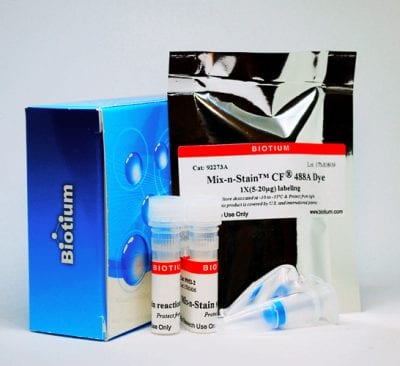- Your cart is empty
- Continue Shopping
Quantitative analysis of taxane drug target engagement of microtubules in circulating tumor cells from metastatic castration resistant prostate cancer patients treated with CRXL301, a nanoparticle of docetaxel
- Home
- Publication
- Quantitative analysis of taxane drug target engagement of microtubules in circulating tumor cells from metastatic castration resistant prostate cancer patients treated with CRXL301, a nanoparticle of docetaxel

Quantitative analysis of taxane drug target engagement of microtubules in circulating tumor cells from metastatic castration resistant prostate cancer patients treated with CRXL301, a nanoparticle of docetaxel
- elsbizadmin404
- Publication
- Reading Time: < 1 minute
[vc_row][vc_column][vc_column_text]
Abstract
[/vc_column_text][vc_column_text]
Microtubule-targeting drugs such as taxanes (docetaxel and cabazitaxel) represent one of the most clinically active chemotherapy drugs for the treatment of solid tumors, particularly for metastatic castration-resistant prostate cancer (mCRPC). Taxanes bind to the beta-tubulin subunit of microtubules (MT) which leads to MT stabilization and increase in MT polymer mass. The efficacy of taxane binding to tubulin may be visualized by the reorganization of the MT network into distinct MT bundles, which is indicative of effective drug-target engagement (DTE). Yet, clinical studies that have assessed MT-DTE as a potential biomarker for taxane chemotherapy response are lacking.In a recent publication in Cancer Drug Resistance, Mukhtar et. al investigated the role of MT-DTE as a potential biomarker for taxane chemotherapy efficacy in mCRPC patients. The authors isolated circulating tumor cells (CTCs) of three mCRPC patients from blood samples taken at various timepoints during treatment with CRXL301, a nanoparticle conjugate of docetaxel. CTCs were enriched by depletion of CD45+ cells followed by immunofluorescence staining. Cells were subsequently immunostained for CD45, tubulin, and pan-cytokeratin (PanCK). The PanCK antibody was directly conjugated to CF®594 using the Mix-n-Stain™ CF® Dye Antibody Labeling Kit. CTCs were then identified by a DAPI+/CK+/CD45– phenotype.
[/vc_column_text][vc_single_image image=”26429″ img_size=”full”][vc_column_text]
Figure legend:
Fig 1. Workflow of CTC isolation from CRPC patient peripheral blood and multiplex confocal microscopy imaging for drug-target engagement quantification. CTC: circulating tumor cell; mCRPC: metastatic castration-resistant prostate cancer; credit Mukhtar et. al
Learn more:
In this study, the Mix-n-Stain™ CF® DYE Antibody Labeling Kits was used to conjugate CF dyes to antibodies.Learn more about our Mix-n-Stain™ Antibody Labeling Kits as well as CF® Dyes, Biotium’s next-generation fluorophores with superior brightness and photostability.
DOI:
doi: 10.20517/cdr.2019.116[/vc_column_text][/vc_column][/vc_row][vc_row][vc_column][vc_column_text css=”.vc_custom_1598017023330{margin-bottom: 0px !important;}”]
RELATED PRODUCTS
[/vc_column_text][vc_separator color=”custom” border_width=”2″ accent_color=”#004a80″][claue_addons_products orderby=”menu_order” limit=”4″ columns=”2″ issc=”1″ id=”17064″][/vc_column][/vc_row]
CONTACT

QUESTIONS IN YOUR MIND?
Connect With Our Technical Specialist.

KNOW WHAT YOU WANT?
Request For A Quotation.
OTHER BLOGS YOU MIGHT LIKE
HOW CAN WE HELP YOU? Our specialists are to help you find the best product for your application. We will be happy to help you find the right product for the job.

TALK TO A SPECIALIST
Contact our Customer Care, Sales & Scientific Assistance

EMAIL US
Consult and asked questions about our products & services

DOCUMENTATION
Documentation of Technical & Safety Data Sheet, Guides and more...
